 Meet the
Team |
MEET THE TEAM
Principal Investigator
 |
Rebecca R. Oppenheimer
Assistant Curator, American Museum of
Natural History
Ph.D., Astronomy, California Institute of Technology
Oppenheimer used the tip-tilt coronagraph at the Palomar 1.5-m to
conduct a complete direct imaging survey sensitive to substellar
companions of nearby stars, and was part of the development
and science team for the Palomar 200 inch Hale Telescope's adaptive optics system, including the
construction of the tip-tilt subsystem, completion of some software
components, and detailed dynamic studies of the deformable mirror.
Oppenheimer has numerous scientific interests related to this project
and dabbles in ancient stellar remnants in the Galaxy's halo and
weather on brown dwarfs the rest of his time. As a co-discoverer of the
cool brown dwarf Gliese 229B, she conducted the first detailed
observational study of brown dwarf atmospheres covering the wavelength
range from 0.5 to 12 microns and, with Sivaramakrishnan, conducted
some of the first AO coronography investigations and observations.
|
Co-Investigators
 |
Douglas Brenner
Consulting Scientist, American Museum of Natural History
Ph.D., Physics, New York University
Brenner built a telescope in his basement at the age of 14 when he
wanted
to be an astronomer. Now, many years later, he finally has his first
job in
astronomy. In between, he has worked in cosmic rays, brain research,
superconductivity, laser scattering and other areas of physics.
|
 |
James R. Graham
Professor of Astronomy, University of California at Berkeley
Ph.D., Physics, Imperial College, University of London
Graham was Project Scientist for NIRSPEC at the IR spectrometer at the
Keck Observatory, Mauna Kea, currently in use with adaptive optics. He
was also PI for IRCAL, the facility IR camera for the Lick Observatory
AO.
James's Website.
|
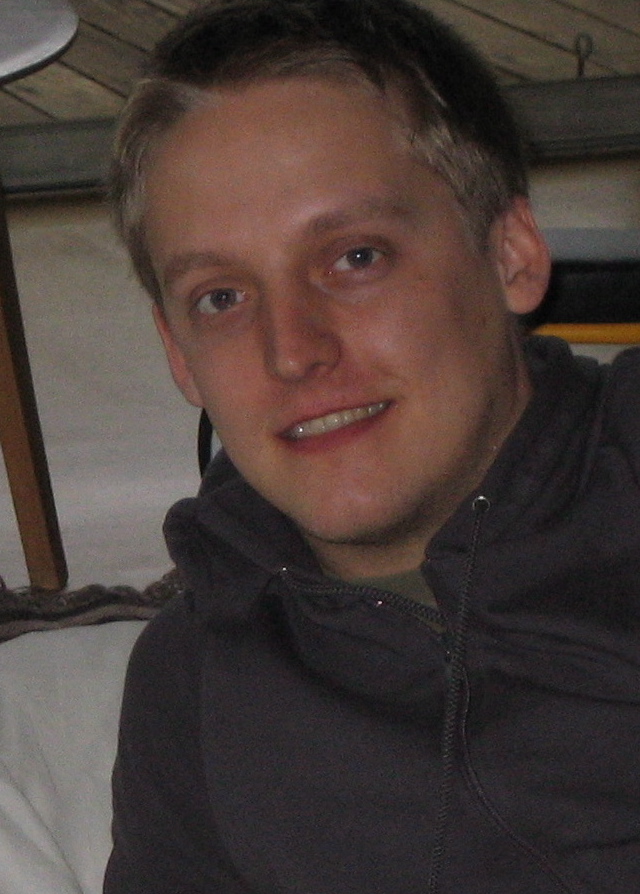 |
Sasha Hinkley
Graduate Student, Columbia University
Sasha is a second year graduate student in the Astronomy Department at
Columbia University. Prior to joining the group, Sasha worked as a data
analyst in the astrophysics department at AMNH. Sasha's past research has
covered adaptive optics, HST faint galaxy studies, and HST studies of
cataclysmic variable in Globular clusters. His current work involves
characterizing the current instrument's sensitivity and development of an
integral field unit to complement the existing program.
|
 |
Jeffrey Kuhn
Astronomer, Institute for Astronomy, University of Hawaii
Ph.D., Physics, Princeton University
Kuhn has broad scientific interests including fundamental measurements
of the Sun, circumstellar disk polarimetry and extensive
instrumentation experience with novel optical designs and
implementations, adaptive optical elements and complete AO
systems. Kuhn, Graham, Perrin, Lloyd and Whitman constructed the Kermit
IR
camera which provides the science images for the proposed research.
Jeff's Website.
|
 |
James P. Lloyd
Assistant Professor, Cornell University
Ph.D., Astronomy, University of California at Berkeley
Lloyd, Graham's former student, is a Millikan Fellow at Caltech and has
wintered over twice at the NSF's Amundsen-Scott South Pole Station and
has extensive experience with AO systems, development and observation
and is currently pursuing novel wave front sensor technology and a
microarcsecond astrometric interfereometer to be stationed at the South
Pole.
|
 |
Russell B. Makidon
Senior Data Analyst, Space Telescope Science Institute
M.S., Physics and Astronomy, University of Massachussetts
Makidon has experience with mechanical design and fabrication,
instrument integration, the Hubble Space Telescope FGS1r instrument, in
addition to his scientific work on disks and variable stars.
|
 |
Marshall Perrin
Michelson Graduate Research Fellow, University of California at Berkeley
M.A., Astronomy and Astrophysics, University of California at Berkeley
Perrin, Graham's Ph.D. student, has experience with instrument and
detector development. He built and comissioned a polarimeter for
the Lick AO system. He wrote the software for the IR camera and
completed the readout electronics, with Lloyd designed before
graduating, and is also incolved in simulations of adaptive optics
system performance.
Marshall's
website.
|
 |
Lewis Roberts
Staff Scientist, Observatory R&D Group, The Boeing Company
Ph.D., Astronomy, Georgia State University
Roberts, an astronomer on staff at the AEOS telescope, operated
under contract with Boeing, has a Ph.D. with a focus in AO
photometry. Roberts has more experience operating and using the
world's highest order AO system than anyone else.
Lewis's Website.
|
 |
Anand Sivaramakrishnan
Chief Instrumentation Scientist, American Museum of Natural History
Ph.D., Astronomy, University of Texas
Sivaramakrishnan has extensive experience in astronomical near-IR and
optical instrumentation for Palomar and Las Campanas observatories,
including optical design, deformable mirror prototyping and
calibration, instrument control data acquisition programming, and AO
algorithms and theory.
|
 |
Remi Soummer
Michelson Research Fellow, American Museum of Natural History
Ph.D., Astronomy, University of Nice
Soummer, a recent Ph.D., has invented and contributed to many of the
novel coronagraphic techniques that are now being considered for use
in observations. He is leading the effort to turn some of these new
ideas into real optics that can be incorporated into the coronagraph.
|
People Who Have Provided Invaluable Assistance
 |
Jacob Mey
Jacob Louis Mey is the Manager of the Microscopy & Imaging Facility
at the American Museum of Natural History. This facility functions as a
joint lab for all departments at the museum and houses various
sophisticated scopes (scanning electron, cathode luminescence, laser
confocal and laser scanners) along with various digital imaging and
printing facilities. Jacob produced numerous images of the gold plated
coronagraph masks to aid the understanding of sub-micron structures
around the apertures and their effect on star images. Jacob is a rock
hound by trade, currently pursuing research towards a Ph.D. in
geochemistry and texture modifications in rocks from layered intrusions.
|
 |
Axsys Technologies
Axsys Technologies, with Michael Sweeney as project director, constructed all of the custom optical components for the Lyot Project coronagraph, including three off-axis parabolae, the large parabolic mirror and the 7 focal plane and Lyot masks.
|
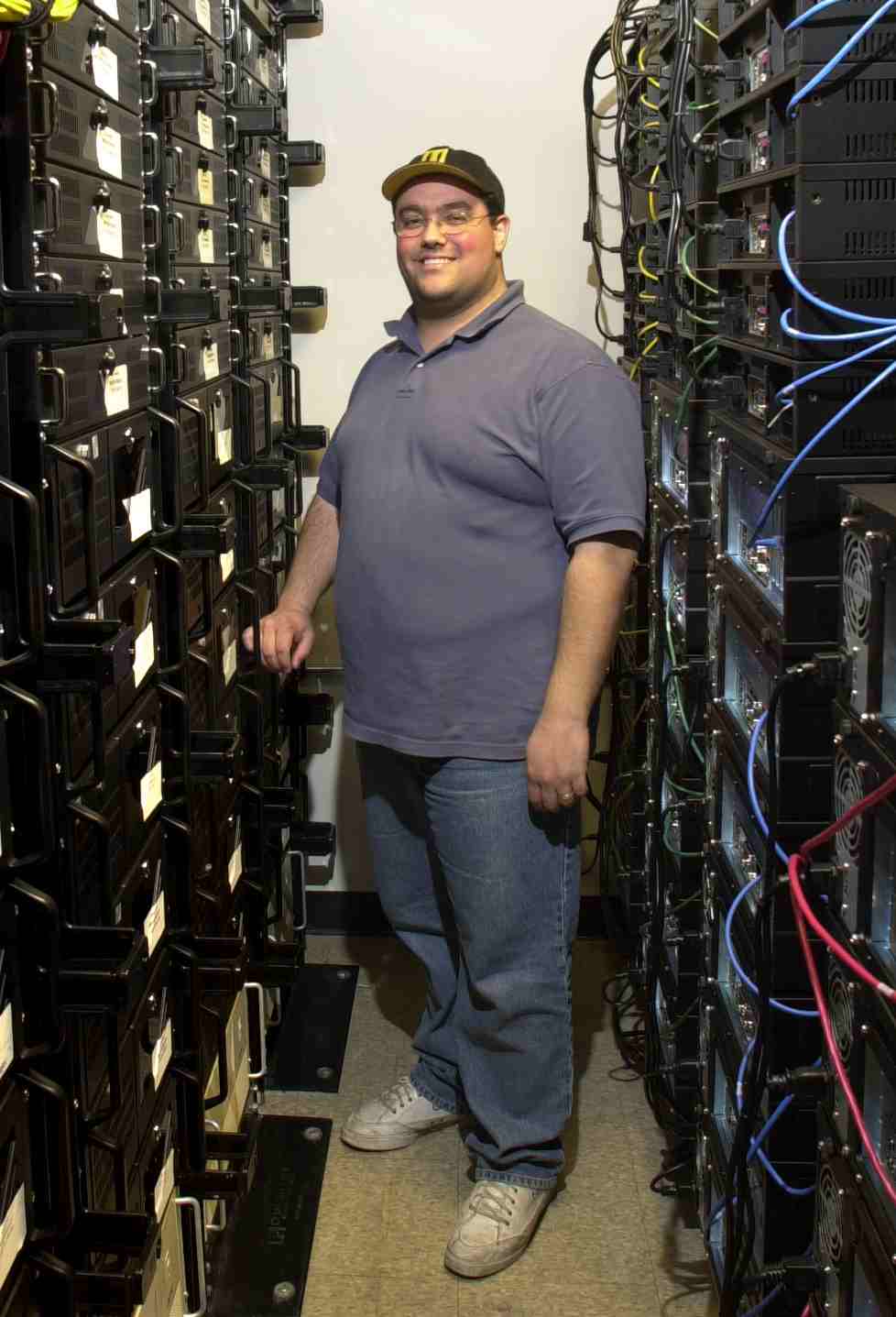 |
Mike Benedetto
Assistant Director of Information Technology- Network Systems
Mike and his staff are responsible for the design, implementation, and
maintenance of the AMNH enterprise network, data facilities, and
information security infrastructure. They provided extensive
assistance with construction, configuration and implementation of the
coronagraph's electronics and computing system.
|
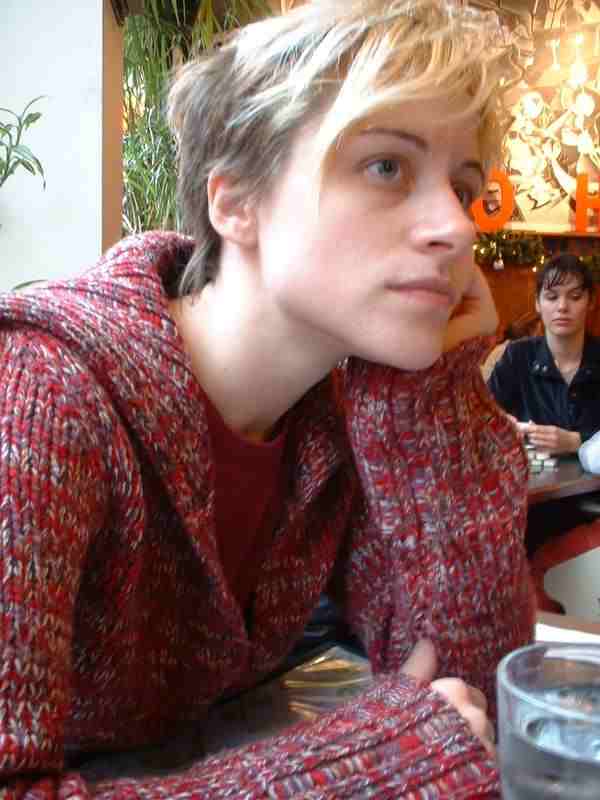 |
Liza Ezbiansky
Ezbiansky, a professional programmer, coded this website and provided invaluable advice and support to the astronomers above who wrote the content. We are particularly pleased with the result and how much time she devoted to the project. You can contact here via her website
|
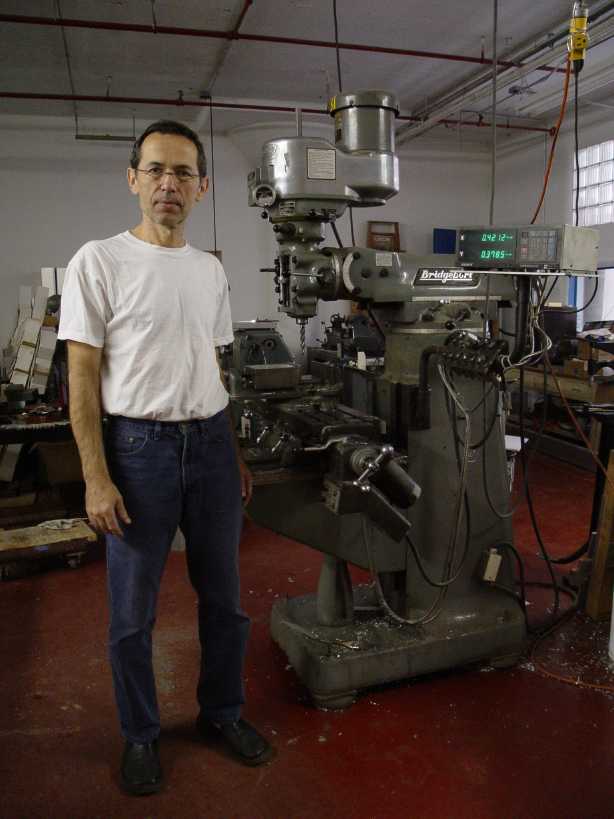 |
Dragoslav Scepanovic
Dragoslav is a master machinist and engineer who designed and built the
coronagraph's system enclosure, the shipping frame and the tilting
mechanism that is needed to transport the instrument from New York to
Maui. Dragoslav maintains a full machine shop in Long Island City and
can be reached at (718) 729-9100.
|
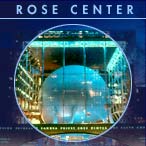 |
AMNH Facilities Personnel
The Lyot Project has benefitted tremendously from the efforts of
museum personnel. In particular, we thank Beth Lebwohl in the
Department of Astrophysics, Diane Bynum and Barbara Green in the
Grants and Fellowships office, Lisa Gugenheim and Merrily Sterns in
Government Relations, the Development Office, Michael Benedetto and
the whole IT staff, the Purchasing Department, the Metal Shop, the
Moving Crew, the Paint Shop, and the museum electricians.
|
With Contributions from
| Kathryn Whitman
|
Andrew Digby
|
| Paul Kalas
|
Laura Newburgh
|
| Kaitlin Kratter
|
Mike Shara
|
|



